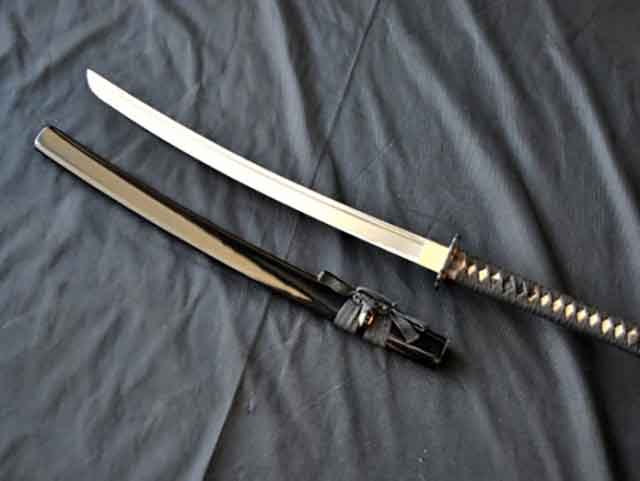How did Wakizashi come about
The wakizashi, also known as the companion sword, is a traditional Japanese short sword that was widely used by the samurai warriors during the feudal era in Japan. This versatile sword has a long and rich history, and has played an important role in Japanese culture and warfare for centuries.
The origin of the wakizashi is uncertain, but it is believed to have first appeared in the late 1500s during the Momoyama period. At that time, the samurai warriors carried a long sword known as the katana, which was used in battle. However, they often found it cumbersome to carry the long sword in everyday life, especially when they entered castles or palaces, where weapons were usually forbidden.
To solve this problem, the samurai warriors started to carry a smaller, more compact sword known as the wakizashi. This sword was shorter than the katana, measuring between 30 and 60 cm in length, and was worn in conjunction with the katana. The two swords were commonly referred to as the "daisho," meaning "big-little." The wakizashi was used as a backup weapon in close combat situations, and was also used for ritual suicide (seppuku) in cases where a samurai was unable to perform his duty.
How Wakizashi Was Made
The making of the wakizashi was a complex and intricate process that required the expertise of skilled craftsmen.
The first step in making a wakizashi was to select the right type of steel. The best steel was considered to be the Tamahagane steel, which was made from iron sand and was highly prized for its strength and durability. The steel was heated in a special furnace and then folded multiple times to remove impurities and increase its strength.
Once the steel was ready, the next step was to forge the blade. This was done by heating the steel to a high temperature and then shaping it into the desired form using a hammer and anvil. The blade was then cooled slowly and subjected to a process called quenching, which involved immersing it in oil or water to harden the steel.
After the blade was forged, the next step was to sharpen and polish it. This was done using a series of grindstones of increasing fineness, which were used to sharpen and refine the edge of the blade. The blade was then polished using special stones and oils to achieve a smooth, reflective surface.
The handle and scabbard of the wakizashi were also important components of the sword. The handle was usually made of wood or ivory and was wrapped with silk or ray skin. The scabbard was made of wood or lacquered leather and was decorated with intricate carvings and inlaid with gold or silver.
Once the blade, handle, and scabbard were complete, the final step was to assemble the sword. This was done by attaching the handle to the blade using special fittings and fasteners, and then placing the sword in the scabbard.
Characteristics and features of Wakizashi
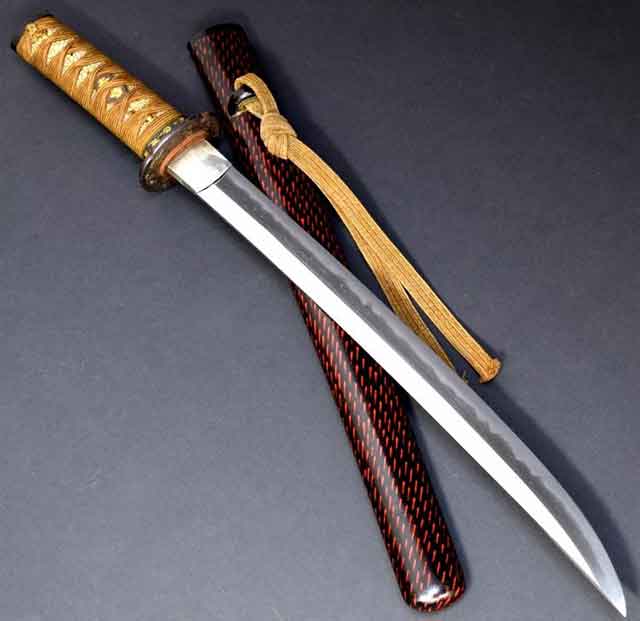
The wakizashi was known for its distinctive characteristics and features that set it apart from other types of swords.
One of the key characteristics of the wakizashi was its size. Unlike the longer katana sword, the wakizashi was designed to be compact and easily portable, making it ideal for close-quarters combat. The wakizashi typically measured between 30 and 60 cm in length, making it an ideal weapon for indoor fighting and other situations where space was limited.
Another important characteristic of the wakizashi was its blade. The blade was made of high-quality steel that was carefully forged and tempered to ensure strength and durability. The blade was sharpened and polished to a mirror finish, and the edge was carefully maintained to ensure that it would retain its sharpness even after repeated use.
The handle and scabbard of the wakizashi were also important features. The handle was usually made of wood or ivory and was wrapped with silk or ray skin for comfort and grip. The scabbard was made of wood or lacquered leather and was decorated with intricate carvings and inlaid with gold or silver. This added not only beauty but also protection to the blade, keeping it safe when not in use.
How Wakizashi Was Used
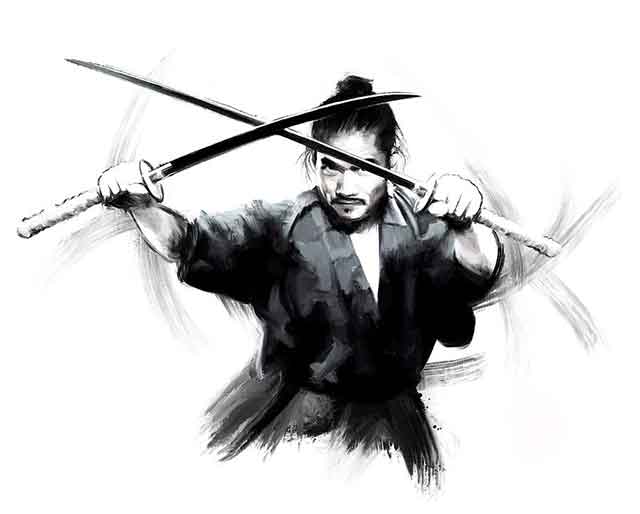
One of the main uses of the wakizashi was as a secondary weapon for close-quarters combat. The compact size of the wakizashi made it ideal for indoor fighting, where space was limited, and it could be quickly drawn to defend against an attacker. The sharp blade and well-designed handle provided the samurai with a reliable weapon in close-quarters combat, and the ability to switch between the katana and the wakizashi allowed the samurai to quickly adapt to changing combat situations.
The wakizashi was also used as a symbol of the samurai's status and authority. The wakizashi was often carried by the samurai as a symbol of their rank and was an important part of their ceremonial attire. The weapon was also used in important rituals, such as the ritual of seppuku, where a samurai would disembowel themselves as a way of taking responsibility for their actions or to restore their family's honor.
The wakizashi was also used for a variety of everyday tasks, such as cutting food or preparing materials. The compact size and sharp blade made the wakizashi ideal for these tasks, and it was a highly valued tool for the samurai.
In conclusion, the wakizashi was a highly versatile and important tool for the samurai warriors. Its use in close-quarters combat, as a symbol of the samurai's status and authority, and for everyday tasks made it an essential part of the samurai's arsenal. The historical significance and beauty of the wakizashi have made it a valuable artifact of Japanese culture to this day.
See also
-
Sojutsu - The Art of the Spear
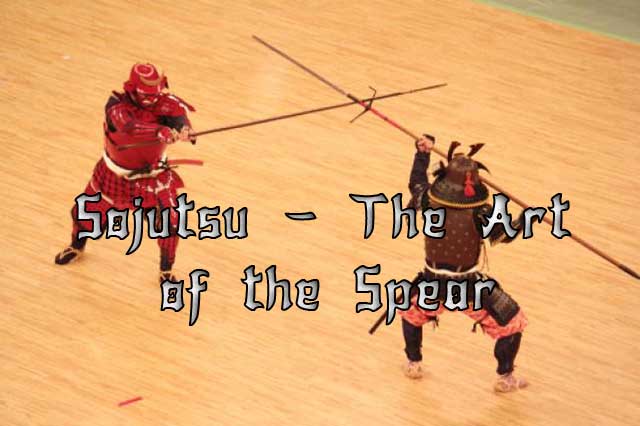
Sojutsu is a traditional Japanese martial art dedicated to the mastery of the yari spear. It is considered the second most important martial art of medieval Japan after swordsmanship.
-
Yari
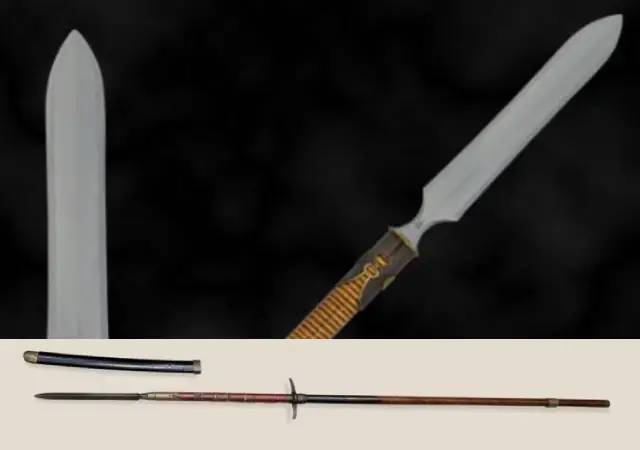
Yari is one of the traditional Japanese cold weapons (nihonto), which is a spear with a straight tip. The art of wielding a yari is known as sojutsu, a spear fighting technique.
-
Wakizashi and tanto

In the history of Japanese edged weapons there are objects that border between the concepts of “sword” and “knife”. This is especially true of the wakizashi, a short sword traditionally carried by samurai along with the katana, and the tanto, a combat knife popular among a wide range of social classes. Both items were worn behind the belt, had a short blade, and were used in close combat. However, there is a fundamental difference between the two, and it goes far beyond simple blade length.
-
Katana and Tachi
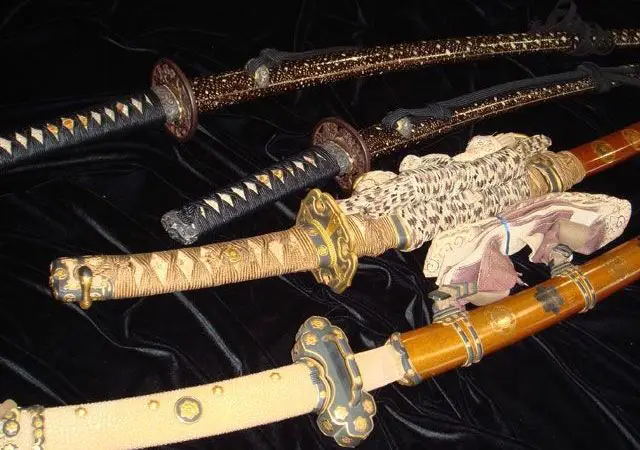
When Westerners think of Japanese swords, they often picture the iconic curved blades like the katana. However, in terms of historical precedence and prestige, it would be more accurate to reverse this image—the tachi predates the katana and traditionally held a higher status.
-
Daisho: The Origins and Evolution of the Samurai Sword Pair
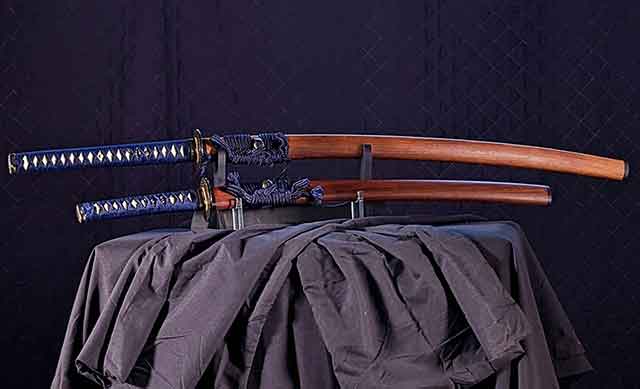
The term "daisho" finds its roots in the combination of two Japanese words: "daito," denoting a long sword, and "shoto," signifying a short sword. The combination of the words daito and shoto made the word. Daisho referred to the practice of wearing both a long and short katana together, regardless of their matching characteristics. While the classic depiction of daisho involves a katana and wakizashi (or tanto) in matching koshirae, any pairing of a longer sword with a tanto can also be considered a daisho. It later came to mean two swords with coordinated fittings. While having blades from the same swordsmith was an option, it was not a requirement for a pair to be classified as a daisho, as this would have been a more costly choice for a samurai.
-
Tanto
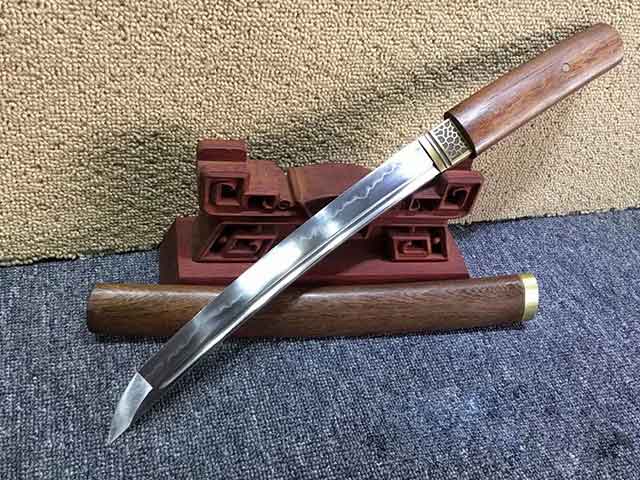
The Tanto knife is a traditional Japanese dagger that was once an integral part of the samurai warrior’s arsenal. It is known for its unique shape and cutting ability, and it is still revered by many martial artists and knife enthusiasts today.
-
Tachi
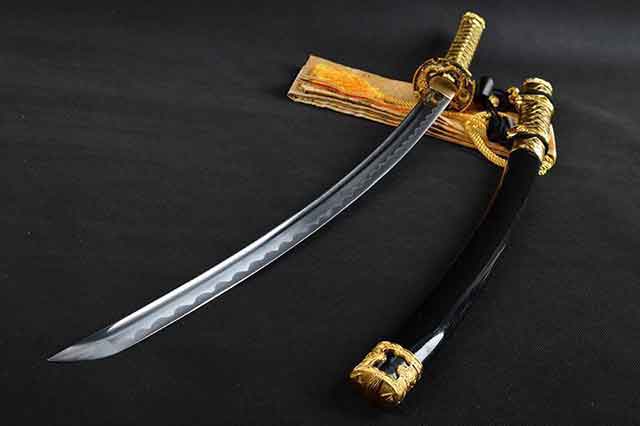
The samurai sword known as Tachi is one of the most iconic weapons in Japanese history. Its unique design and construction made it a popular choice among samurai warriors, and it played a significant role in many battles throughout Japan's history.
-
Nagitana
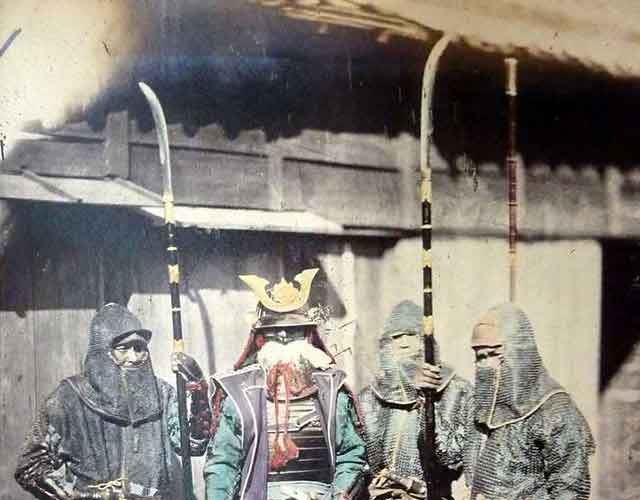
The Nagitana is a formidable weapon that was used by the samurai during feudal Japan. It was a polearm that combined the elements of a spear and a sword, making it a versatile weapon that was effective both at long range and in close combat. In this article, we will explore the history, construction, characteristics, and usage of the Nagitana.

